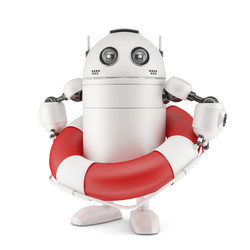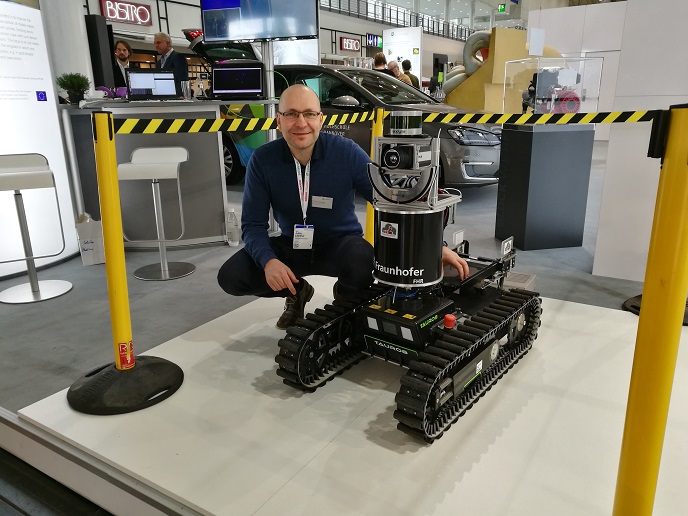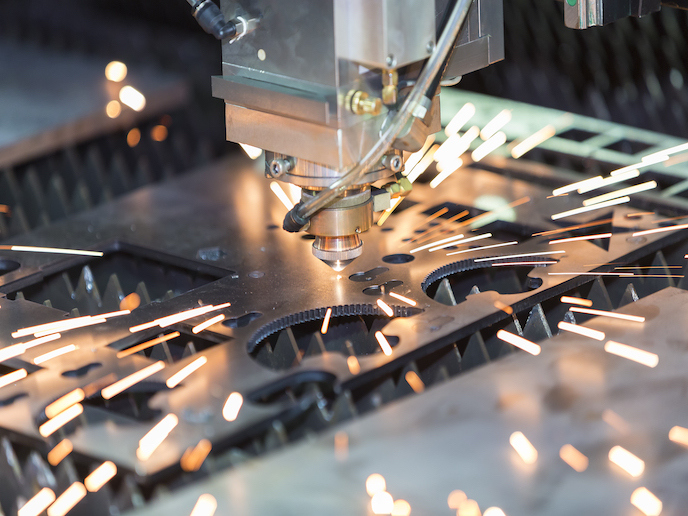Robots to the rescue
The EU-funded project RABOT(opens in new window) (Real-time adaptive networked control of rescue robots) aims to create sustainable research partnerships between the Chinese and EU research institutions. Specifically, one European research institute and one European university are working with one Chinese research institute and two Chinese universities in the field of robotics. The main goal is international knowledge and skills exchange. Technical aims include design of an autonomous hybrid wheeled and legged robot for rescue applications. The four-year consortium concludes in July 2016. During the first reporting period, the team investigated requirements for the project's robot concept and a prototype. A capsule robot using friction was developed, and the relevant modelling and control issues were investigated in the context of an autonomous rescue excavator. The group developed a robot simulator, and modelled a dynamic walk via a zero point moment method. A testing platform was also developed to verify the proposals. A bio-inspired baby elephant robot has been designed and developed. Mechanisms have been designed and theories of movement analysed. The work so far has yielded a design for a hybrid mobile robot. Other outcomes include a series of meetings and conference attendances. The project has thus far submitted 3 patent applications and over 100 papers. The project has also received 2015 International Exposition Geneva award, 2015 China Association of Inventors (CAI) award, Romania State Office for Inventions and Trademarks – Special Award, Excellent Award for Scientific Research by Romanian Academy, Best Conference paper award at the 2015 International Conference on Advanced Mechatronic Systems for a joint authored paper with my EU RABOT project team. The project has achieved closer working relationships between Chinese and European partners. The robotic work has applications in disaster rescue.







